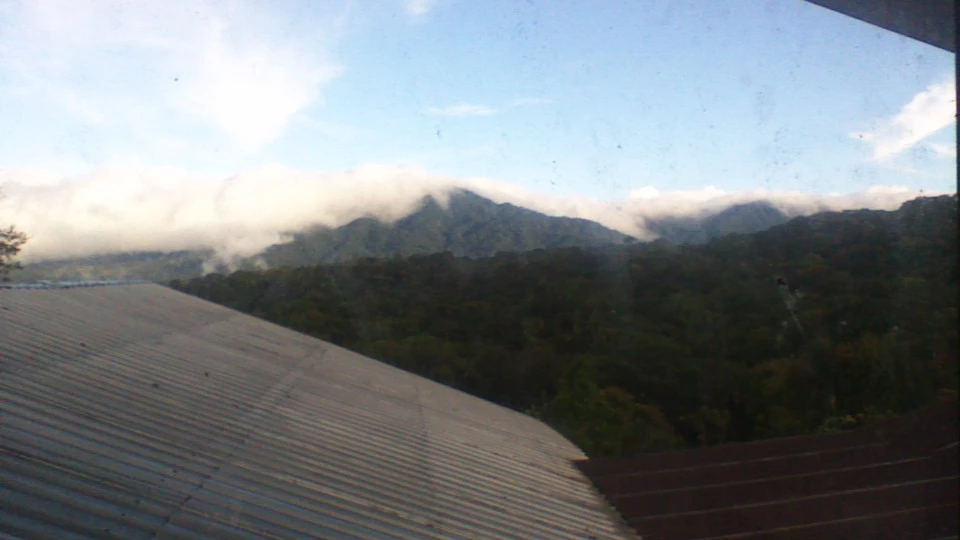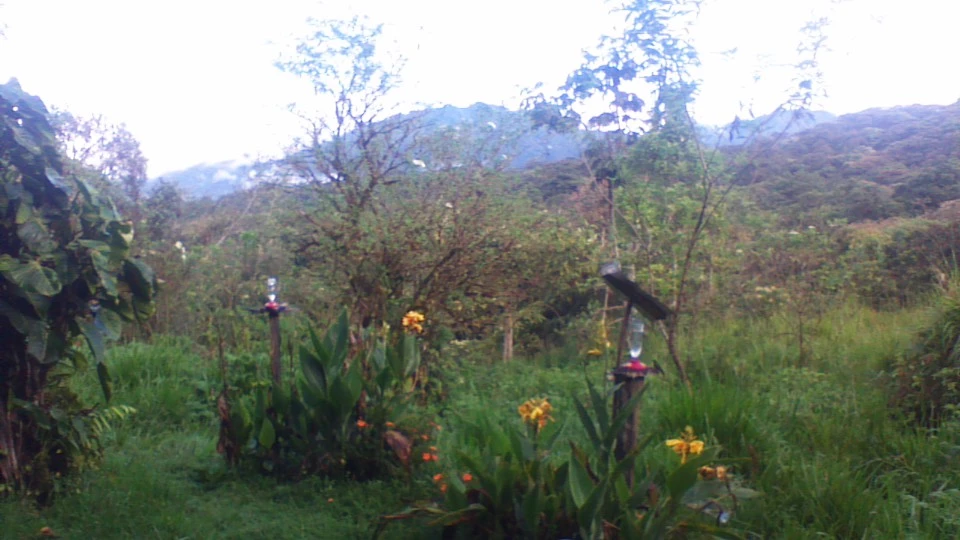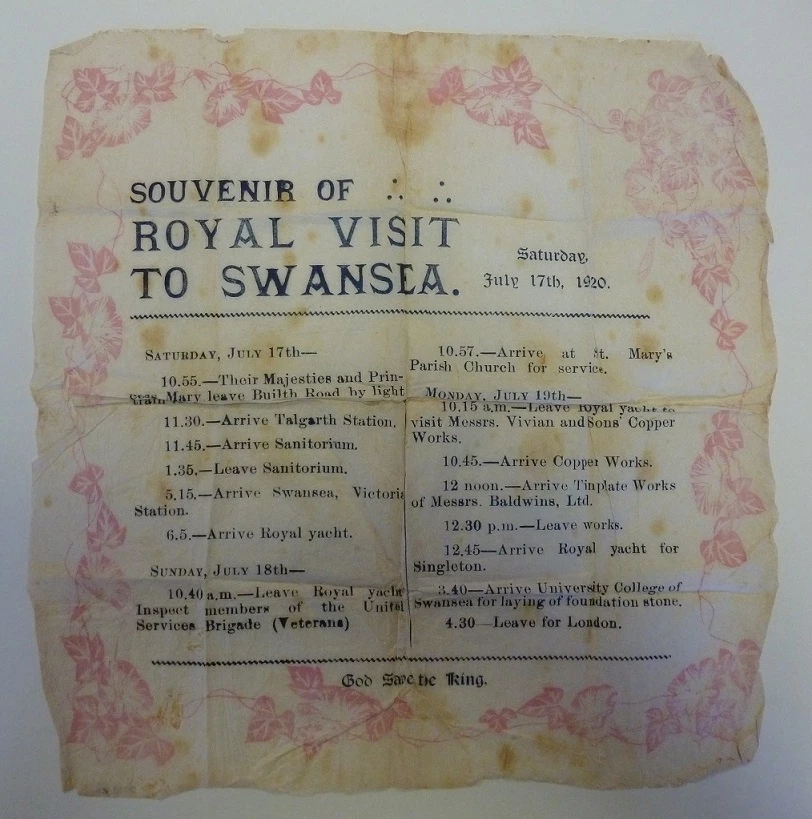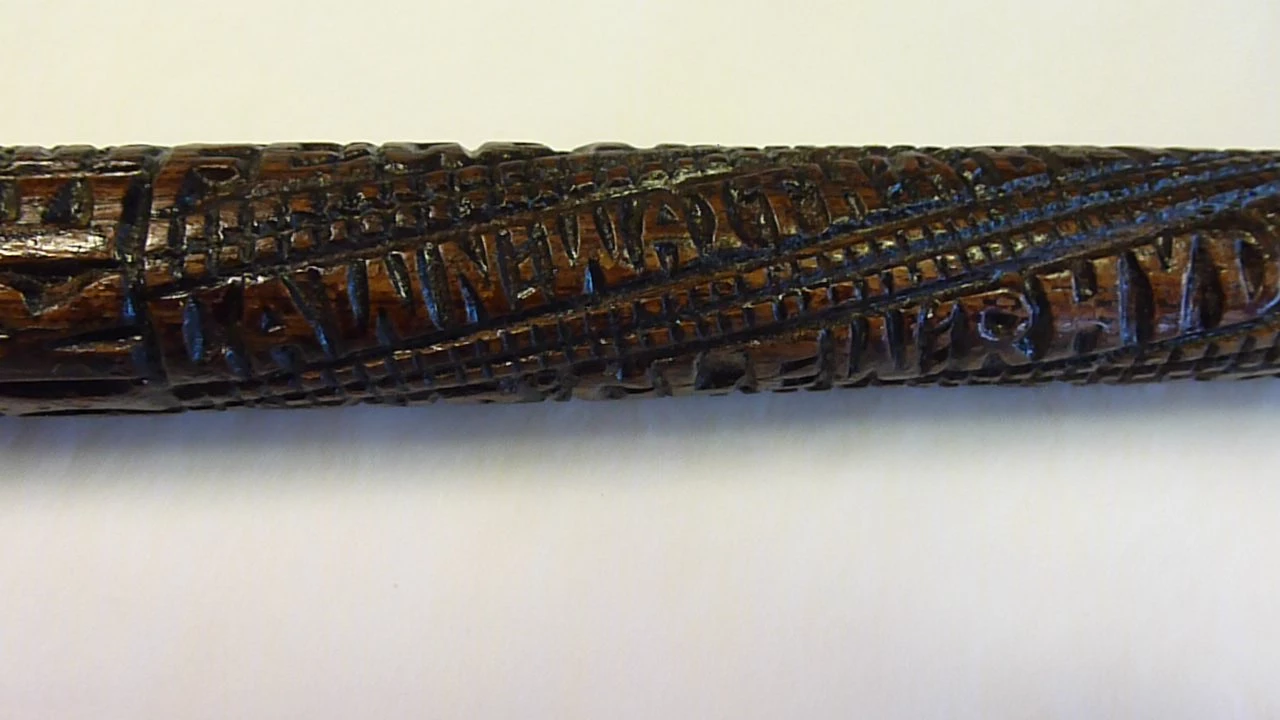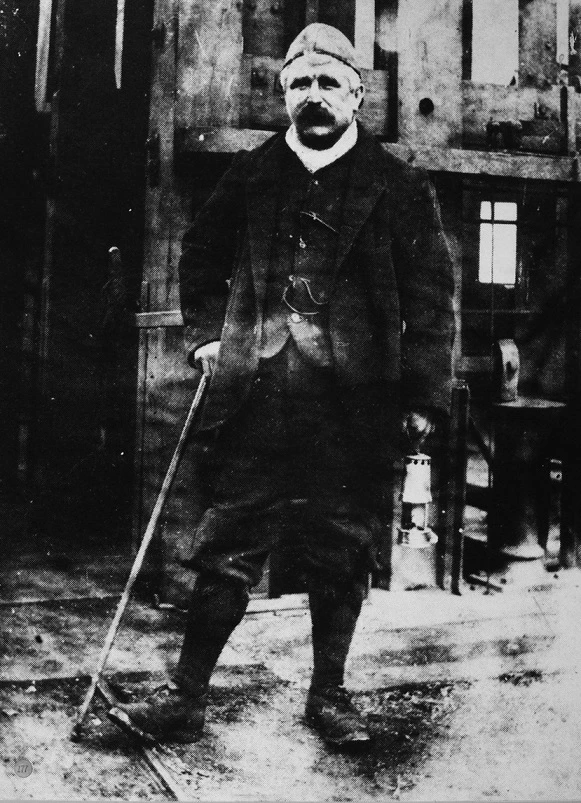Adrian in the Amazon - part 3
, 7 Ebrill 2015
In Quito we met up with the third member of our team Eduardo Carlo Amat Garcia, a specialist in blow-flies from Bogota, Columbia and together travelled with surprising ease to the Estacion Biologica Yanayacu, a biological research station on the eastern slopes of the Andes. Here the field work starts in earnest. This morning we were up early and after a breakfast punctuated by hummingbirds hovering around the outside breakfast table, headed off into the forest.
A couple of hours heavy machete work through steep dense bamboo-choked forest lead us to a high ridge covered with thick lush Andean forest, festooned with various creepers and epiphytic plants. This made an ideal place to place our first Malaise trap. These traps are constructed rather like a tent, insects flying or blown onto a central vane move up to a central ridge and are collected by placing a receiving bottle across a small hole at the top. While Josenir and I set out traps, Eduardo was placing a different kind of trap to catch his blow-flies - traps baited with a disgusting mixture of decomposing fish-heads and chicken giblets to which blow-flies are attracted to lay their eggs.
For the rest of the day we made/cut our way through the forest setting traps in different kinds of habitat in the hope that we will catch a greater variety of flies by sampling different areas. Now the traps are set, they will continue to work until we bring them down in a week’s time. They will continue to work even in the pouring rain when other means of sampling are difficult. And it has been raining all day, but despite this we have made a few early discoveries such as a very little-known genus of flies called Chvalaeae which none of us had seen before. And of course the other wildlife provided some consolation - including numerous spectacular birds and recent signs (tree scratching) of an Andean Bear. What a pity we did not see the actual animal. Maybe tomorrow! Now with traps set and forecast of better weather tomorrow, we are hopeful of an exciting time in the days ahead.
